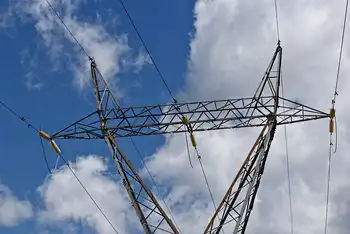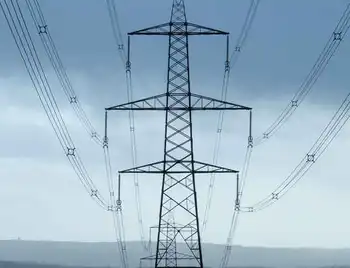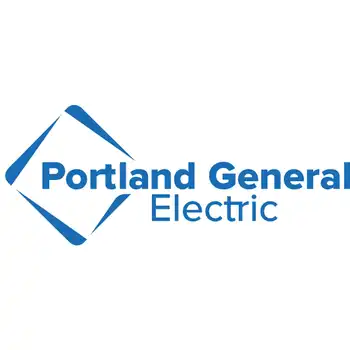Relay and Underground cable power standards approved
By Electricity Forum
NFPA 70e Training - Arc Flash
Our customized live online or in‑person group training can be delivered to your staff at your location.

- Live Online
- 6 hours Instructor-led
- Group Training Available
IEEE has approved IEEE C37.230, “Guide for Protective Relay Applications to Distribution Lines”, which examines the advantages and disadvantages of ways to protect electric power distribution systems. It looks at the fundamentals of this topic, line configurations and schemes, and identifies problems and solutions with the methods used in distribution line protection.
IEEE has approved IEEE C37.235, “Guide for the Application of Rogowski Coils Used for Protective Relaying Purposes”, which is the first guide on this topic. It establishes criteria and requirements for applying Rogowski coils (RC) in electric power systems and provides requirements for the performance, operation, testing, safety considerations, and maintenance of RC-based current transducers.
IEEE has approved IEEE 1617, “Guide for Detection, Mitigation, and Control of Concentric Neutral Corrosion in Medium Voltage Underground Cables”. The standard includes discussion of the consequences of significant loss of the concentric neutral and recommendations for mitigating and controlling cable concentric neutral corrosion.
The IEEE has begun work on IEEE PC37.301, “Standard for High-Voltage Test Techniques - Partial Discharge Measurements”, which applies to equipment and components rated 1000 V, including fuses, switches, circuit breakers and pad-mounted switchgear. This standard considers electrical partial discharge measurement via the wide-band method as a tool for assessing insulation. It defines terms used and quantities measured, and addresses test and measuring circuits, analog and digital measuring methods for common applications, and calibration methods.
IEEE has revised IEEE C37.20.7, “Guide for Testing Metal-Enclosed Switchgear Rated Up to 38kV for Internal Arcing Faults”, to harmonize with IEC documents, correct inconsistencies in the procedure, and add an application guide as an annex. Its scope was extended to cover low-voltage metal-enclosed ac power circuit breaker switchgear. The standard applies to arcing faults entirely in air within the enclosure.
IEEE has revised IEEE 532, “Guide for Selecting and Testing Jackets for Power, Instrumentation and Control Cables”, to bring it up to date with current technology. In addition to helping users select jackets and protective covers to optimize cable installations, it also reviews the types and rules of jackets.
IEEE also has confirmed the continued use of the following standards:
• IEEE C37.09(TM), “Standard Test Procedure for AC High-Voltage Circuit Breakers Rated on a Symmetrical Current Basis” • IEEE C37.20.1(TM), “Standard for Metal-Enclosed Low-Voltage Power Circuit Breaker Switchgear”











